Introduction
Potty training is crucial for all dog owners. It promotes a clean home and fosters responsible pet ownership. However, the process can be challenging. Many owners face issues like accidents and misunderstandings with their pets, making training seem overwhelming.
To ease this journey, consider using a Dog Training Crate. This will not only provide a safe space for your dog but also utilize their natural instinct to keep their den clean.
Summary and Overview
Proper potty training is vital. It helps prevent behavioral problems and maintains a clean living space. Without training, dogs might develop habits that lead to frustrations and messes. In this guide, you’ll discover effective techniques, create schedules, and troubleshoot common issues. Expect to learn about crate training, recognizing signals, and how to reward good behavior. We’ll provide insights to make your training journey smoother and more effective.
Speaking of rewards, having some Dog Treats for Training on hand can be a game changer. They not only motivate your dog but also make training sessions feel like a fun adventure!
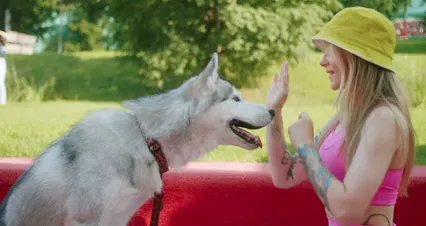
Understanding Dog Potty Training
The Importance of Potty Training
Potty training is essential for dogs. It not only helps maintain a clean environment but also nurtures a strong bond between you and your furry friend. A well-trained dog is less likely to have accidents, leading to a more harmonious home.
Statistics reveal that many pets are surrendered to shelters due to potty training issues. In fact, house soiling is one of the top reasons pet owners give up their dogs. This highlights the need for effective training. When you train your dog well, you contribute to responsible pet ownership and ensure a happier life for both of you.
Understanding your dog’s behavior is key. They are naturally clean animals and prefer not to soil their living space. By guiding them through proper training, you reinforce good habits and help them adjust to their new home.
Don’t forget to have a stash of Dog Potty Training Pads available. They can be a lifesaver, especially for those unexpected indoor moments!
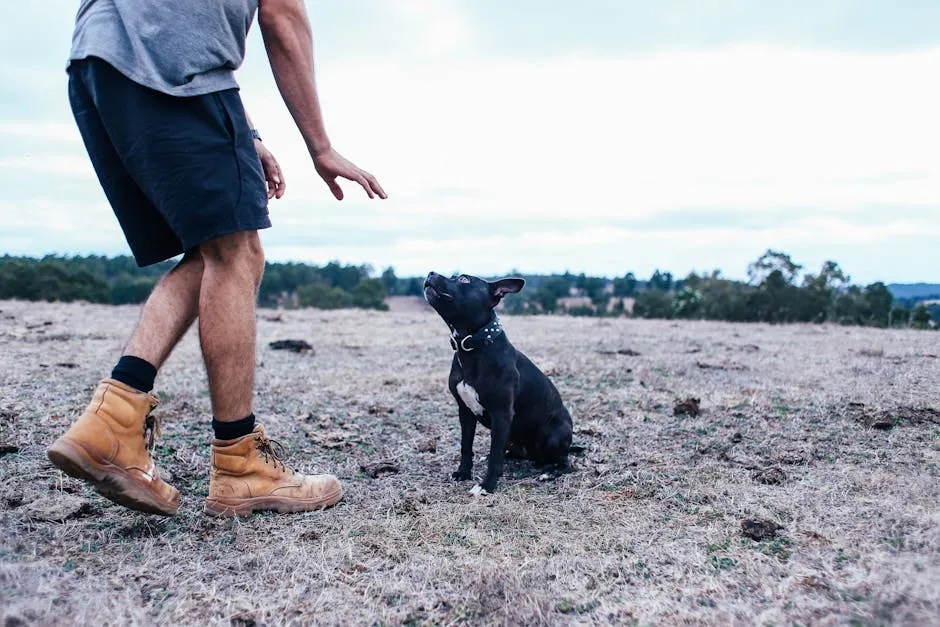
Potty Training Techniques
Crate Training
Crate training is an effective method for potty training. It capitalizes on a dog’s instinct to keep their den clean. A properly sized crate is crucial. It should allow your dog to stand, turn, and lie down comfortably. If it’s too spacious, your dog might feel it’s okay to eliminate in one corner.
Introduce the crate gradually. Start by making it a cozy space with bedding and favorite toys. Encourage your dog to enter using treats and praise. This positive association helps them view the crate as their safe space. Monitor their behavior closely. If they whine or scratch, take them outside promptly. This approach aids in developing a routine while minimizing accidents.
For more on creating a safe space for your dog, check out our guide on how to create a dog friendly space for stress free crate training.
Establishing a Schedule
A consistent potty schedule is vital for successful training. Puppies have small bladders and need frequent breaks. Generally, they can hold it for one hour per month of age. For instance, a three-month-old puppy can typically wait three hours.
Establish a routine by taking your puppy out first thing in the morning, after meals, and before bed. Watch for signs indicating they need to go, like sniffing or circling. Adjust the schedule as your puppy grows. Regularity helps reinforce good habits, leading to fewer accidents and a well-trained dog.
And while you’re at it, a Dog Leash with Comfortable Grip can make those outdoor potty breaks a breeze for both you and your pup!
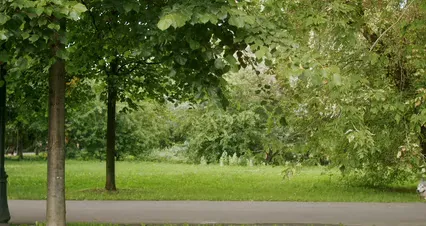
Using Verbal Commands
Teaching your dog specific verbal commands for potty time can simplify the training process. Start by choosing a consistent phrase like “go potty” or “do your business.” Consistency is key. Always use the same command when you take them outside. This helps your dog associate the phrase with the action.
When your dog eliminates outside, immediately praise them. Offer treats as positive reinforcement. This encourages them to respond to the command in the future. Additionally, you can use a cue right before they start to relieve themselves. Say the chosen phrase just as they begin. Over time, they will learn to associate the command with the action.
Don’t forget the power of a Dog Training Clicker. This handy tool can help reinforce your commands and make training sessions more effective!

Managing Accidents
Handling Indoor Accidents
Accidents during potty training are common. It’s essential to handle them calmly and without punishment. If you catch your dog in the act, gently interrupt them and guide them outside. Avoid yelling, as this can create anxiety. Instead, focus on reinforcing positive behavior.
When accidents happen, clean up thoroughly. Use an Enzymatic Cleaner for Pet Messes. These products eliminate odors, discouraging your dog from returning to the same spot. Be sure to rinse the area well after cleaning.
Prevent future accidents by keeping a close eye on your dog. Supervise them indoors, especially after playtime or meals. If they seem restless, take them outside frequently. With patience and consistency, you can minimize accidents and successfully train your dog.
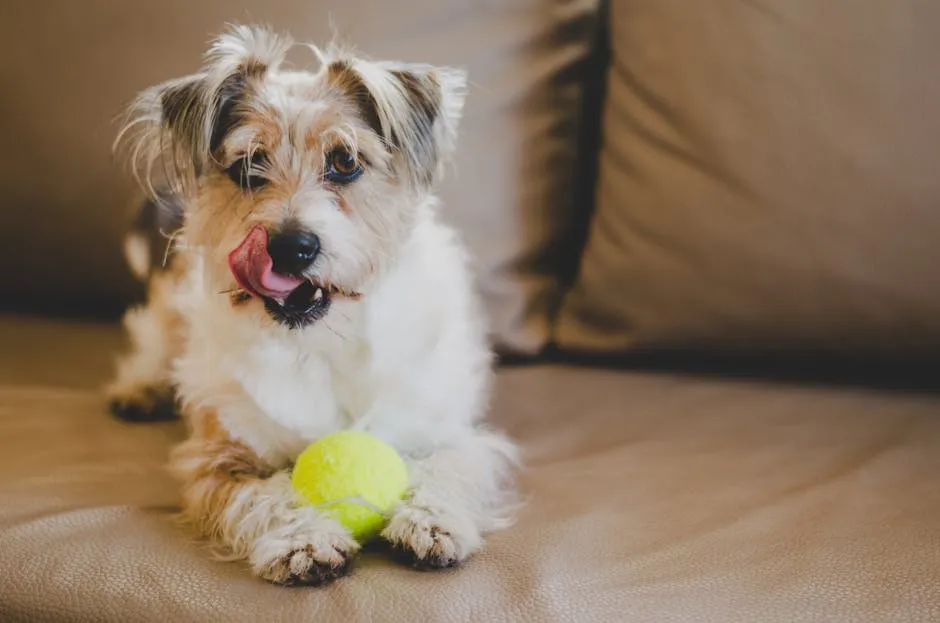
Troubleshooting Common Problems
Many dog owners face challenges during potty training. One common issue is regression in training. This may happen when a previously trained dog begins to have accidents again. Often, this regression can be attributed to changes in routine or environment. Stressful events, such as moving or a new pet, can cause anxiety. In such cases, revisit the training basics, and be patient.
Health issues can also impact a dog’s ability to be trained. Conditions like urinary tract infections or gastrointestinal problems can lead to accidents. If you notice sudden changes in your dog’s bathroom habits, consult a veterinarian to rule out health concerns.
Behavioral problems may arise, too. Some dogs may not understand where to go or might be too excited to focus. Proper supervision and consistent training routines are essential. A clear potty schedule and positive reinforcement can help reinforce desired behaviors, making the training process smoother.
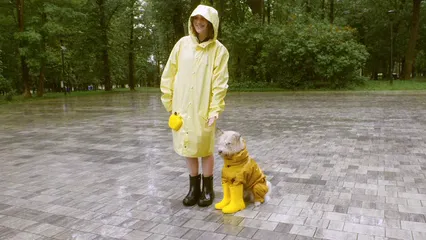
Advanced Potty Training
Transitioning from Indoor to Outdoor
Transitioning from indoor potty pads to outdoor elimination requires a gradual approach. Start by taking your dog outside frequently, especially after meals and playtime. This helps them associate outdoor spaces with potty breaks. Allow them time to sniff around and become comfortable in their new surroundings.
Timing is crucial. Begin this transition once your dog consistently uses the pads. Gradually reduce the number of potty pads available. This encourages your dog to seek outdoor opportunities instead. If your dog hesitates due to weather, use positive reinforcement to encourage them.
Consider the weather conditions when training. If it’s raining or cold, your dog might need extra motivation to go outside. Dress warmly and stay outside with them, offering praise and treats when they eliminate outdoors. This positive experience will help them adjust more easily to outdoor potty breaks.
Training Adult Dogs
Training an adult dog differs significantly from training a puppy. Adult dogs may have established habits, making the process more challenging. Past experiences, especially if they’ve faced trauma or inconsistent training, can affect their learning. Therefore, patience is crucial.
Start by assessing your adult dog’s behavior. Understand their history, particularly if they’re rescue dogs. This insight helps tailor your approach. Use positive reinforcement consistently. Celebrate small victories to build their confidence.
Regular bathroom breaks are essential. Adult dogs typically need fewer breaks than puppies, but maintaining a routine is vital. Supervise them closely, especially during the initial phase. If accidents happen, clean them up without punishment. Instead, redirect them to the correct outdoor spot immediately.
For added support, consider picking up a Dog Training Book to guide you through the ins and outs of adult dog training!

Conclusion
In summary, successful potty training for dogs requires patience, consistency, and understanding. Whether you’re working with a puppy or an adult dog, every step taken reinforces good habits. Remember, accidents may happen, but they are part of the learning process. With dedication, you’ll create a well-trained companion and enjoy a clean home. Keep at it, and don’t hesitate to celebrate your dog’s achievements along the way!
And don’t forget about your dog’s comfort! A Dog Bed for Crate can make their crate a cozy and inviting space.
Please let us know what you think about our content by leaving a comment down below!
Thank you for reading till here 🙂
For effective methods in potty training, check out our article on best practices for potty training puppies in apartments.
All images from Pexels





